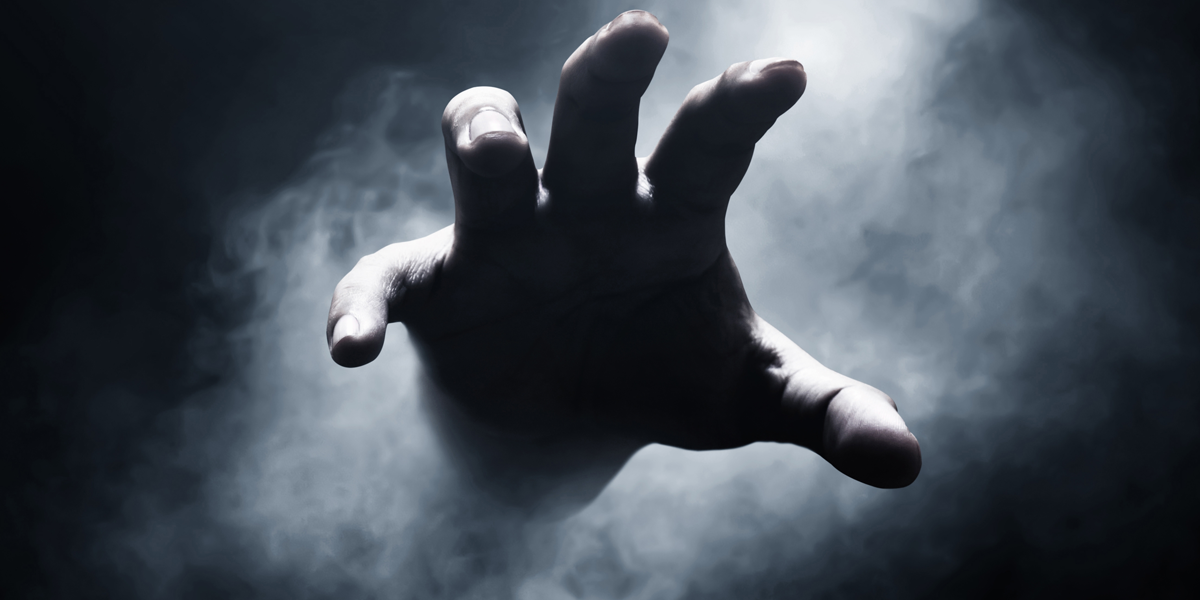We are in a season of fear. We are facing election fears just five days after Halloween. The quadrennial political election has become a quadrennial battle that seemingly threatens our existence.
People ask: What’s going on in our brains? Why do we experience so much fear?
The simple answer: Scary stuff activates the brain.
When you encounter scary stuff, the brain kicks in—with vigor—to figure out survival.
How the Brain Reacts
When your brain goes into the fight-or-flight response, it exercises its control over the body and raises the heart rate to pump blood at a higher pressure out to the muscles (and less to areas that matter less). You have to be ready to fight or flee.
Fear amplifies your vigilance while turning down the thinking brain because you’re going to be reactive. The amygdala—that almond-shaped section of the brain that processes emotions—goes into high gear, recognizing survival may be at stake.
Overall, scary stuff captures our interest like nothing else.
Context Matters
Of course, in all of this, context matters. How real and how close is the danger?
That’s why we enjoy watching scary movies. Such experiences are designed to be scary, and we should be frightened by them—if they were real. But overriding that is your thinking brain, recognizing the context of the situation and controlling how you react — which is just enough to get the adrenaline rush from the thrill of the fear, without the need to flee.
That explains why we like Halloween.
However, the elections have gotten very scary. Has the world become scarier? Is the 2024 election scarier than, for example, the elections of 1940 and 1944 (World War II) or 1968 (riots and assassinations)? Or, have political parties figured out how to motivate us—into voting and donating—by painting a coming apocalypse?
It’s hard to say, and, certainly, the stakes seem high. And, of course, there’s plenty to fear. We just had some horrific storms to remind us of climate change, we hear daily about human existential threats from AI and the daily news is filled with war and fear.
Counter the Fear and Stress
In this fear-loaded age, it’s important to remember to reward the brain and balance out the negativity.
Develop a reset strategy. Take time each day to counterbalance your amygdala’s hyper-reactivity. Find regular rewarding activities to reload the happy side of your neurological responses.
Bring your “thinking brain” into play as a habit, to get past the fears that may have become such a hard-to-swallow part of your daily emotional appetite. And consider actively working to change our world for the better, as an alternative to all the fear.







